A huge, monumental Koberger with a flawless medieval binding and 2 illuminated initials Vita Christi 1478
£30,000.00
Ludolphus de Saxonia, d. 1378 Vita Christi. [Nuremberg: Anton Koberger, 20 December, 1478].
Large folio. 372 leaves, printed in gothic letter, double columns throughout.
1a Prologus Ludolphi carthusiensis in meditationes vite Iȟu xṕi.
4a Incipit liber de vita Iȟu xṕi nõ ille de infàtia saluatoris apocriphus: sed ex serie euāgelice historie collectus.
372b Colophon: Pns opus vite xṕi. ƥm seriem evangelij p Leutolphum de saxonia. patrē devotū Argentine in carthusia pfessum. ob laudē dei et pfectū pximi ē effectū p Anthonium koburger incliti oppidi Nürnberg cōciuem (bene visum) sic efIigiatum Grās ( merito) ago deo altissimo. ȹ vitam Iȟu xṕi ei9 vnigeniti filij. hoc sacro tpe pfeci in bti Thome pfesto. Millesimo q
dring ē tesimoseptuagesimo octavo. Eiusd ē x ṕ i I ȟ u
incarnatois ano;
Collation: [am8 n6 o z8 z6 ; A Z8] 372 pages.
2 columns. la: 60 lines and head-line, 331 (344) x 205 mm.
Types: 160, headlines (subjects and chapter-numbers), headings; 110a, text. Capital spaces.
372 ff., 60 lines and headline, ff. 1 and 189 with 10-line initial in gold and colours (that of 189 with white infills) with attractive marginal floral and foliage extensions, f. 4 with handsome 16-line blue initial on gold ground with white and dark blue infills and border of green, purple and red and with small foliage marginal extensions in colours, the central margin with gold stem terminating in lower margin with double floral and foliage extensions with gold bezants, initials, paragraph-marks and initial-strokes in red or blue.
Contemporary ink ownership inscription to front pastedown.
f.1 lightly soiled and stained and with small blue ink stamp to lower corner, f.88 neat tear with loss to lower margin (not near text), a couple of marginal repairs (ff. 148 and 246), occasional spotting or finger marking, a few small stains, else generally crisp on heavy, high quality paper.
Bound in full contemporary German blind-stamped dark-brown calf over wooden boards, with elaborate brass bosses at corners and centre.
A magnificent large-format contemporary Nuremberg binding, in remarkably fine condition. An exceptionally tall copy: 482 x 325 mm.
The author’s main work, which greatly influenced Christian meditation and prayer. It includes commentary on the Gospels, spiritual instructions and prayers, as well as discussion of the life of Christ. This is the first Nuremberg edition, and the third printed edition overall – the first edition was printed in Strasbourg in 1474.
The Vita Christi is the principal work of Ludolph the Carthusian, and one of the most popular books of its time. Numerous manuscript versions of the work are extant, and over twenty different
45 editions were produced before 1501. The work “is not a simple biography […] but at once a history, a commentary borrowed from the Fathers, a series of dogmatic and moral
dissertations, of spiritual instructions, meditations, and prayers, in relation to the life of Christ. […] It has been called a ‘summa evangelica’ […] in which the author has condensed and resumed all that over sixty writers had said before him upon spiritual matters.”
The Vita Christi had significant influence on the development of techniques for Christian meditation. Although Aelred of Rievaulx (d. 1167) had introduced the concept of immersing and projecting oneself into a Biblical scene in his De institutione inclusarum, and St. Bonaventure (d. 1274) had borrowed heavily from that work in his Lignum Vitae, Ludolph’s massive work (which quoted Aelred extensively but credited his work to Anselm) helped to spread this devotional practice into the Devotio Moderna community and to Ignatius of Loyola (as discussed below). The Vita Christi was translated into Spanish in 1502 by Ambrosio Montesino and was printed in Alcala. The methods of meditation in the Vita Christi thus entered Spain and were known in the early part of the 16th century. St Teresa and St Francis de Sales frequently quote from it.

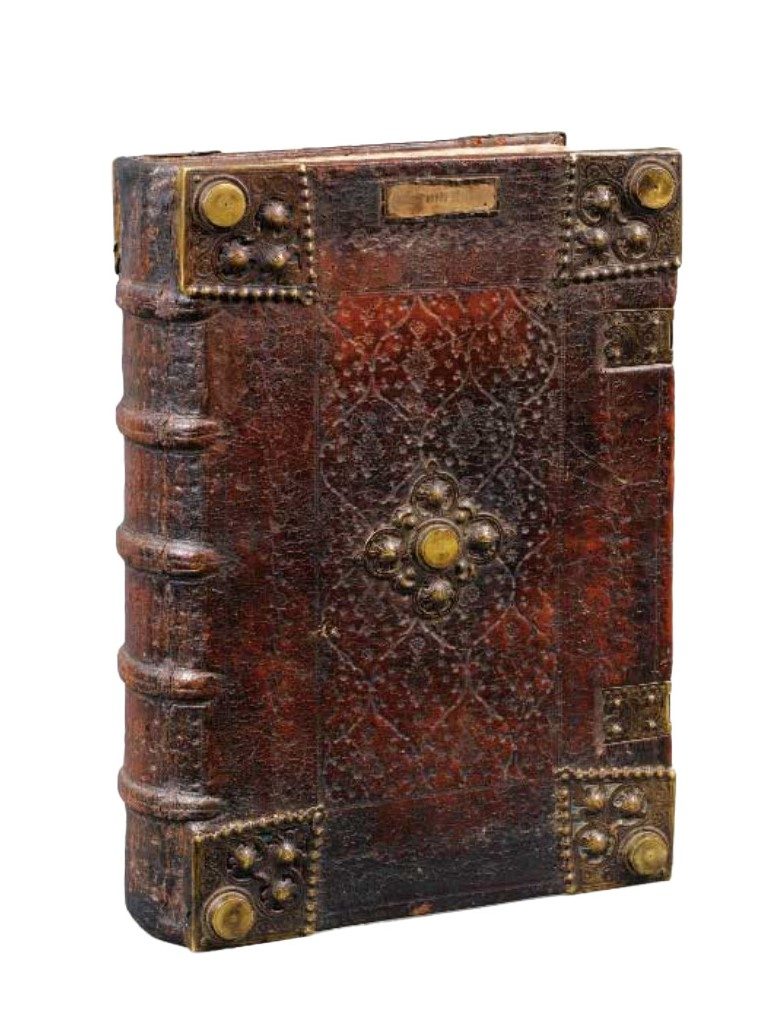
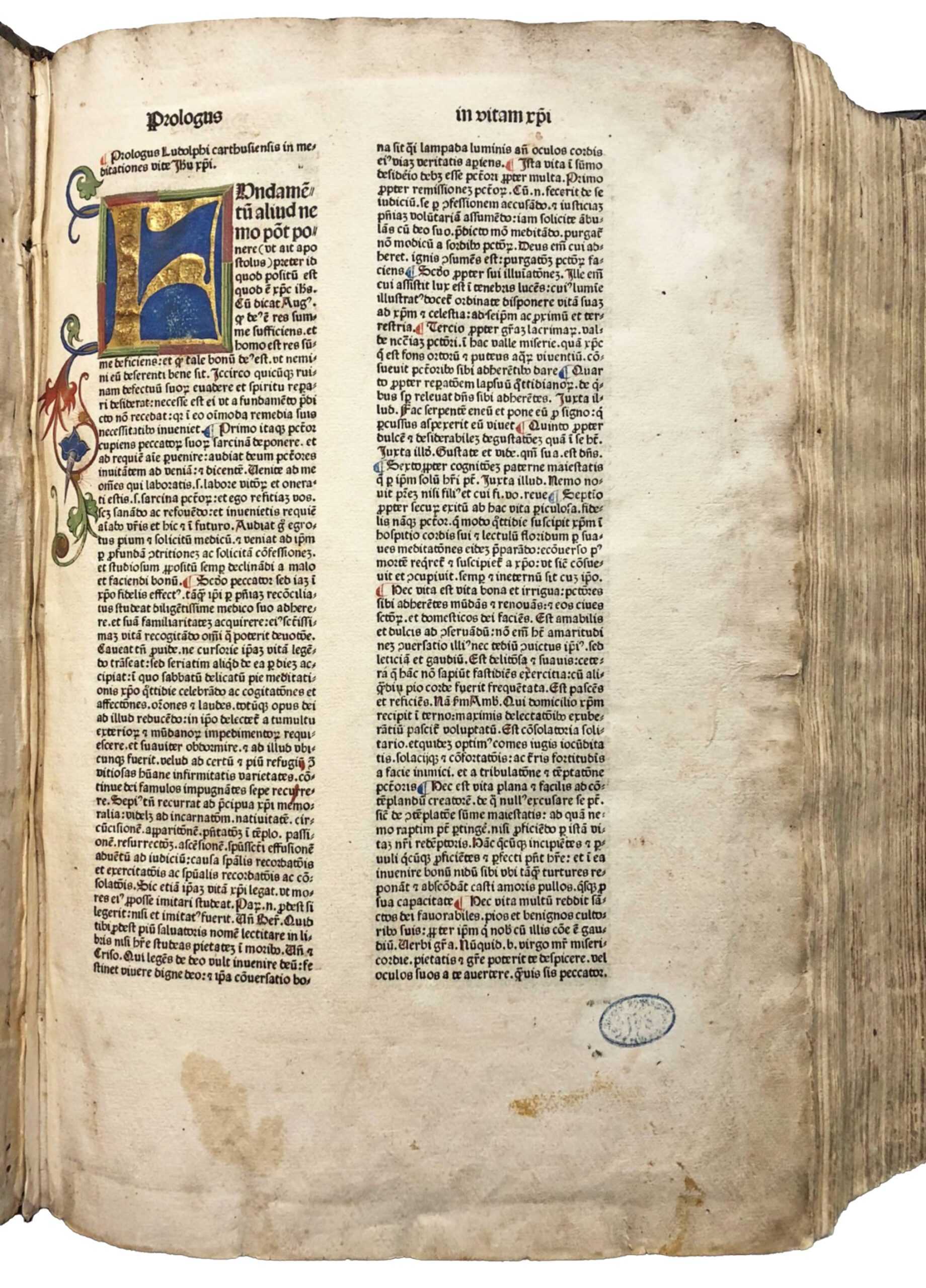
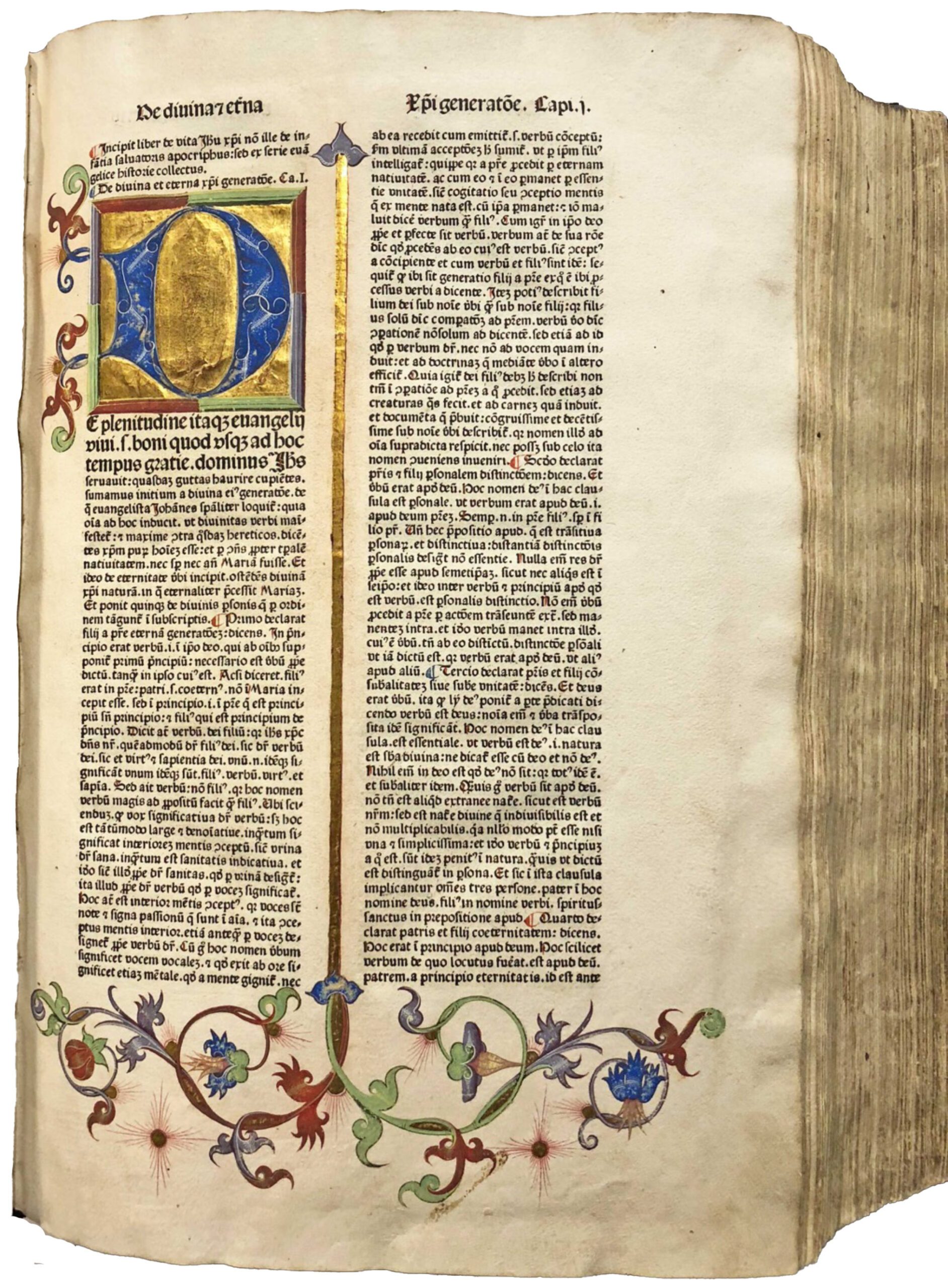
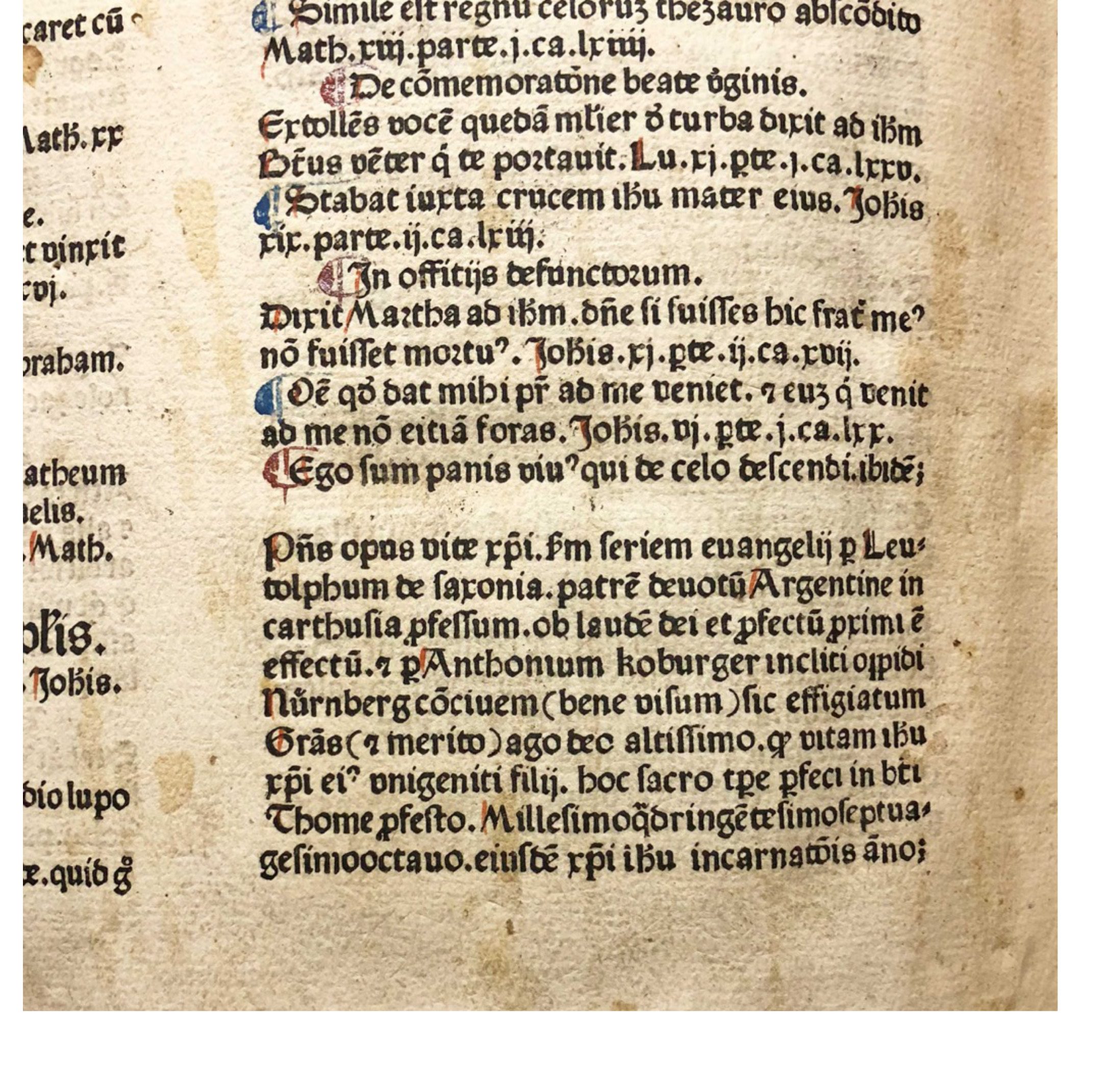

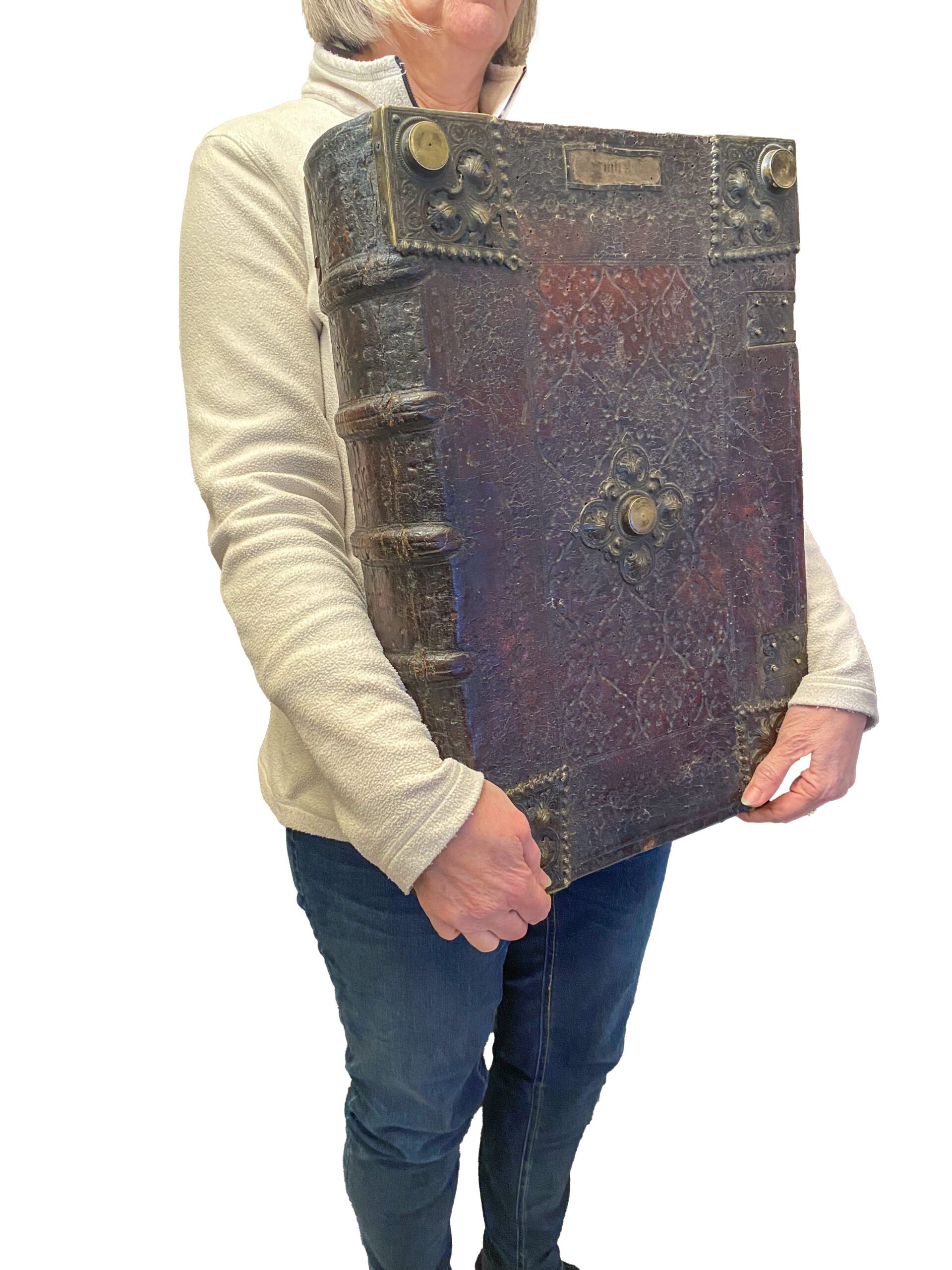
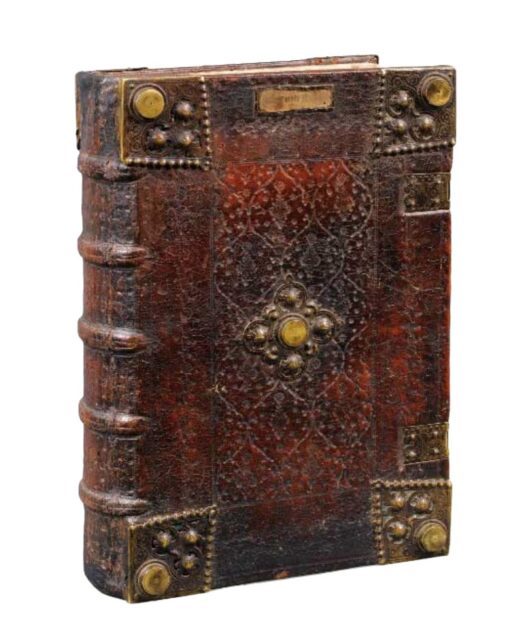
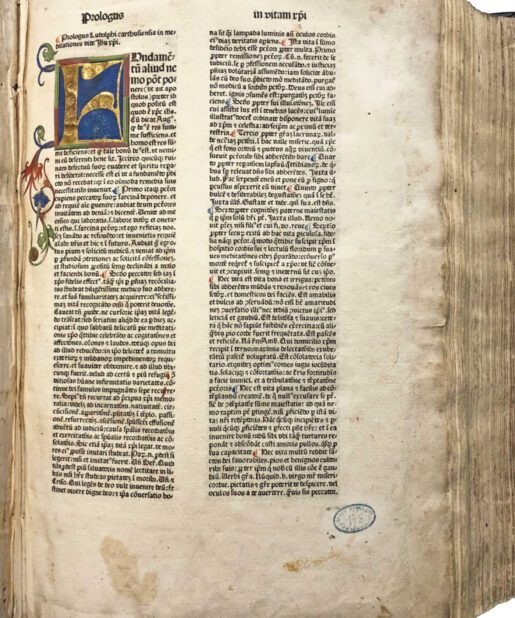
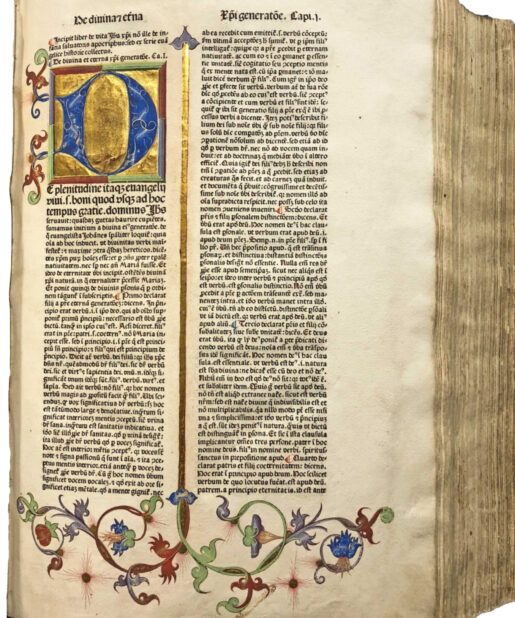
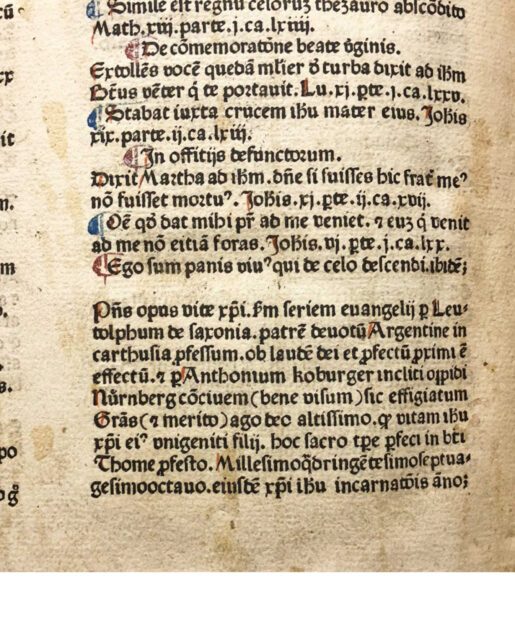
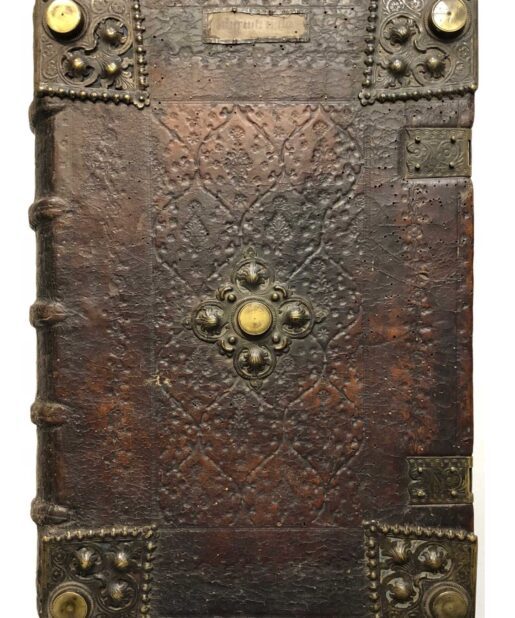
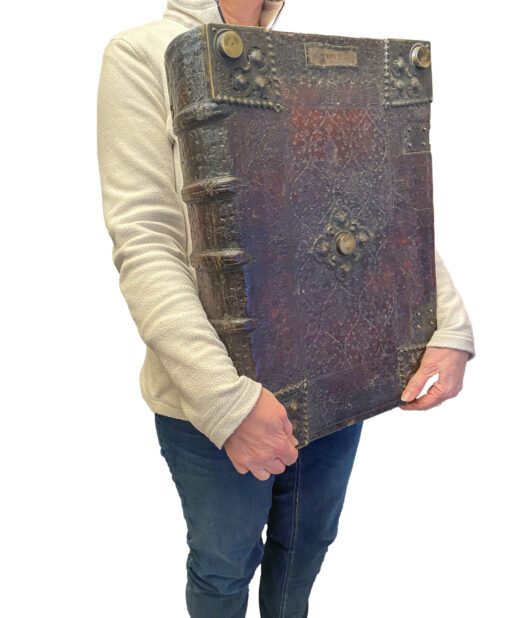
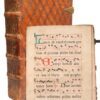
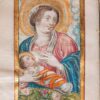
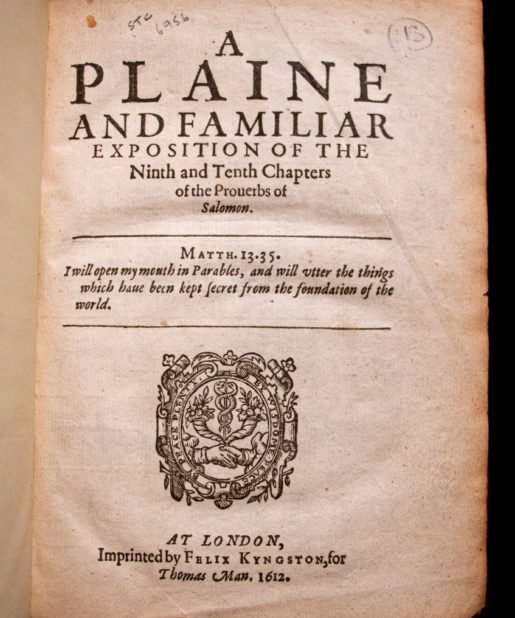
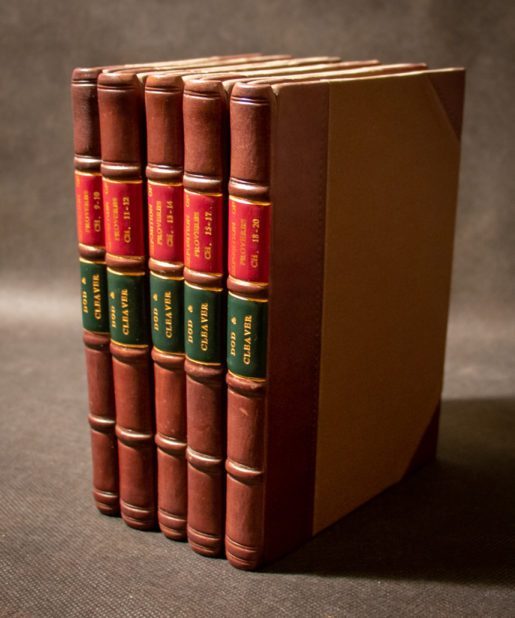
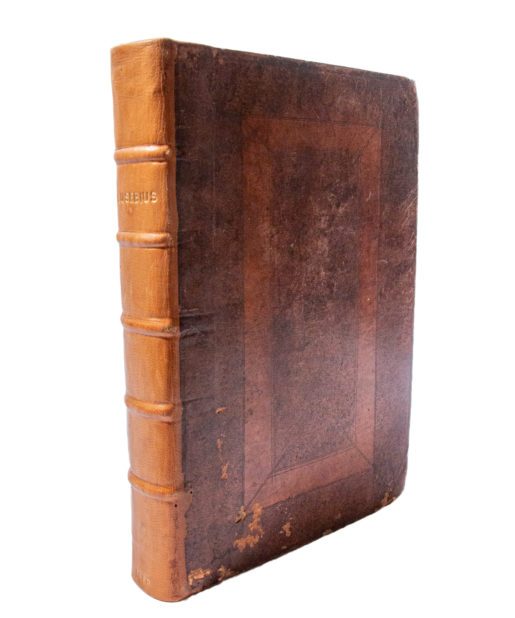
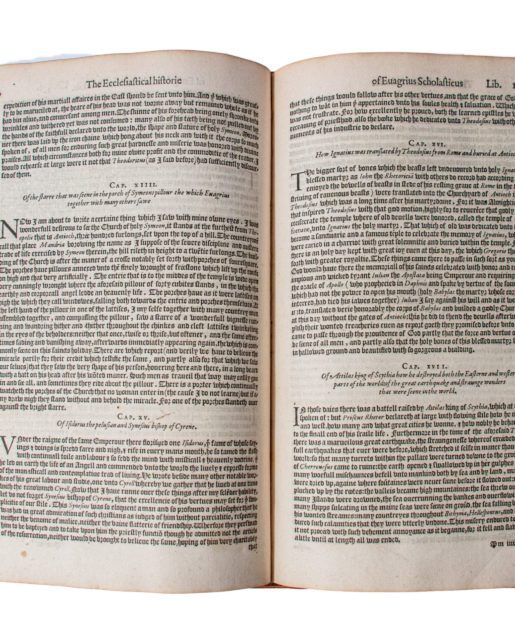
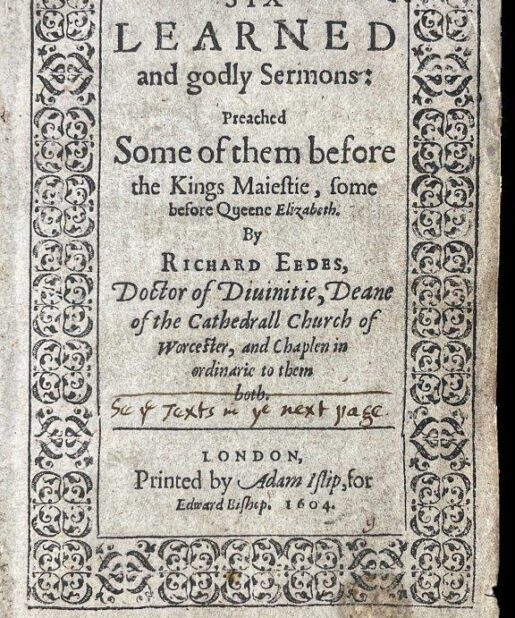
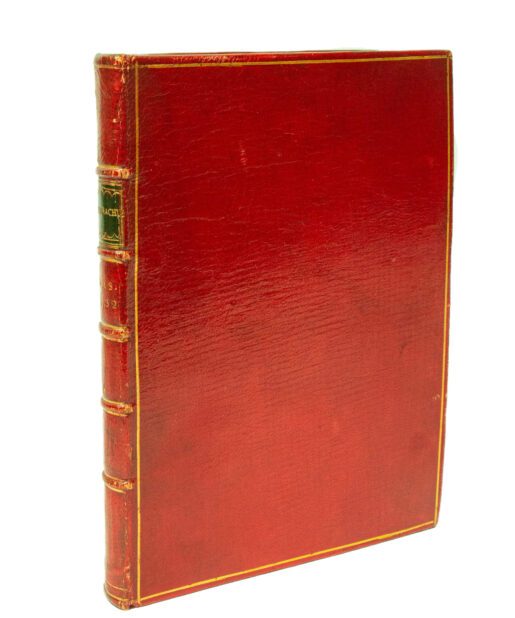
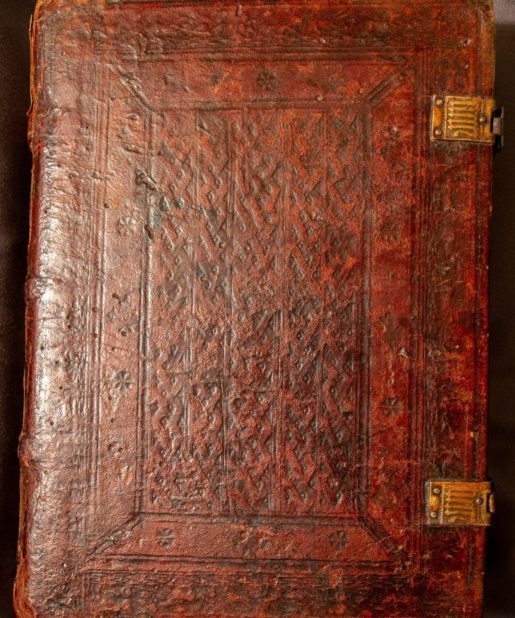
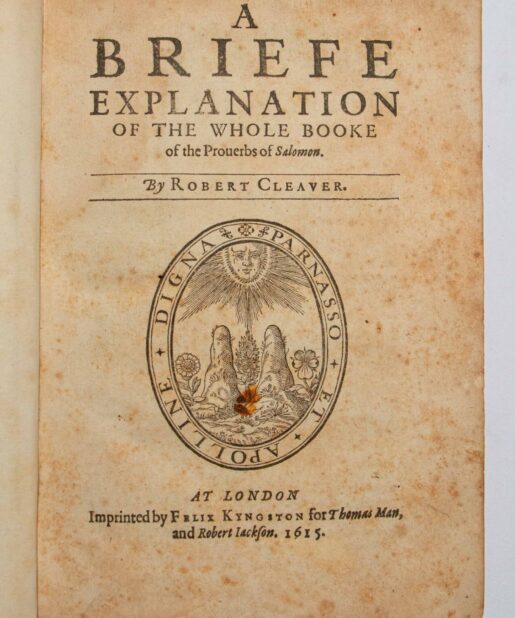
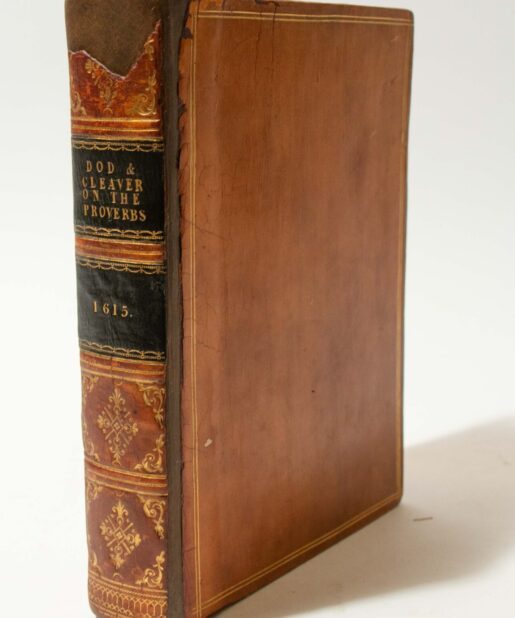
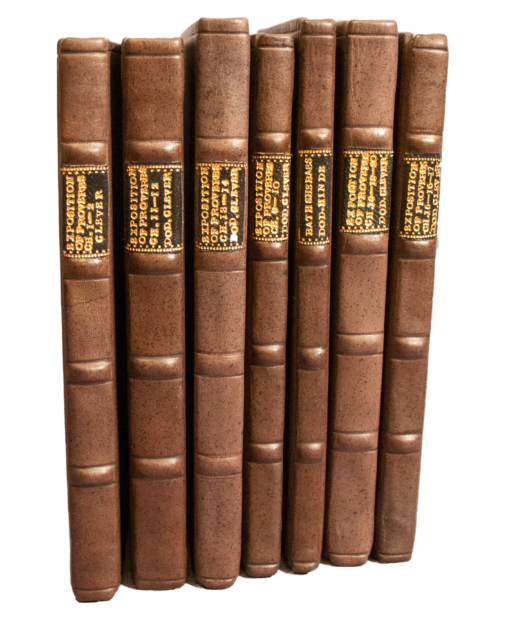
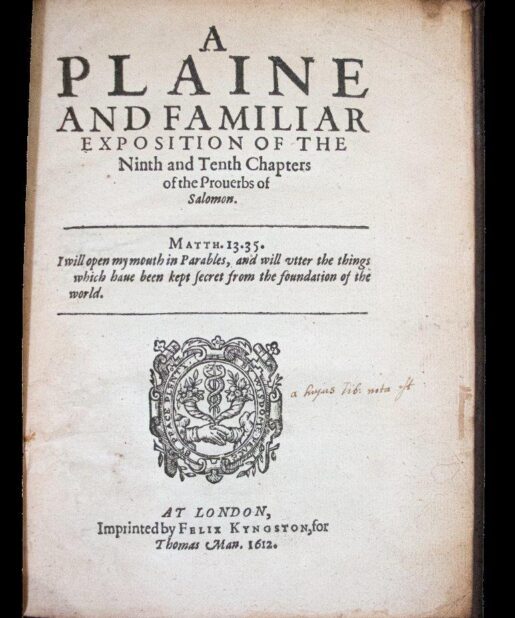
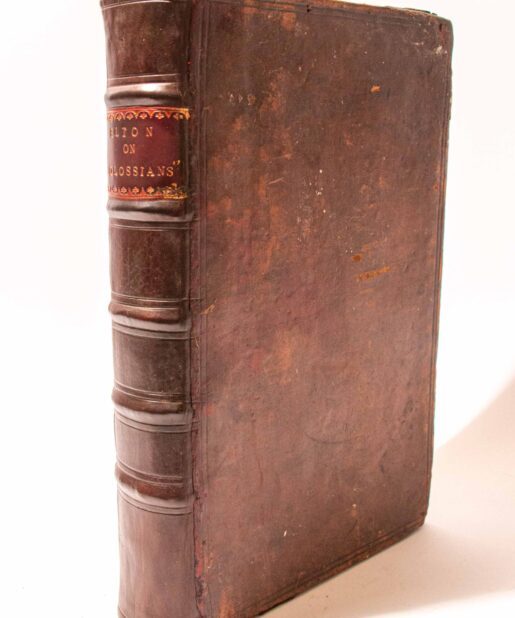
Reviews
There are no reviews yet.